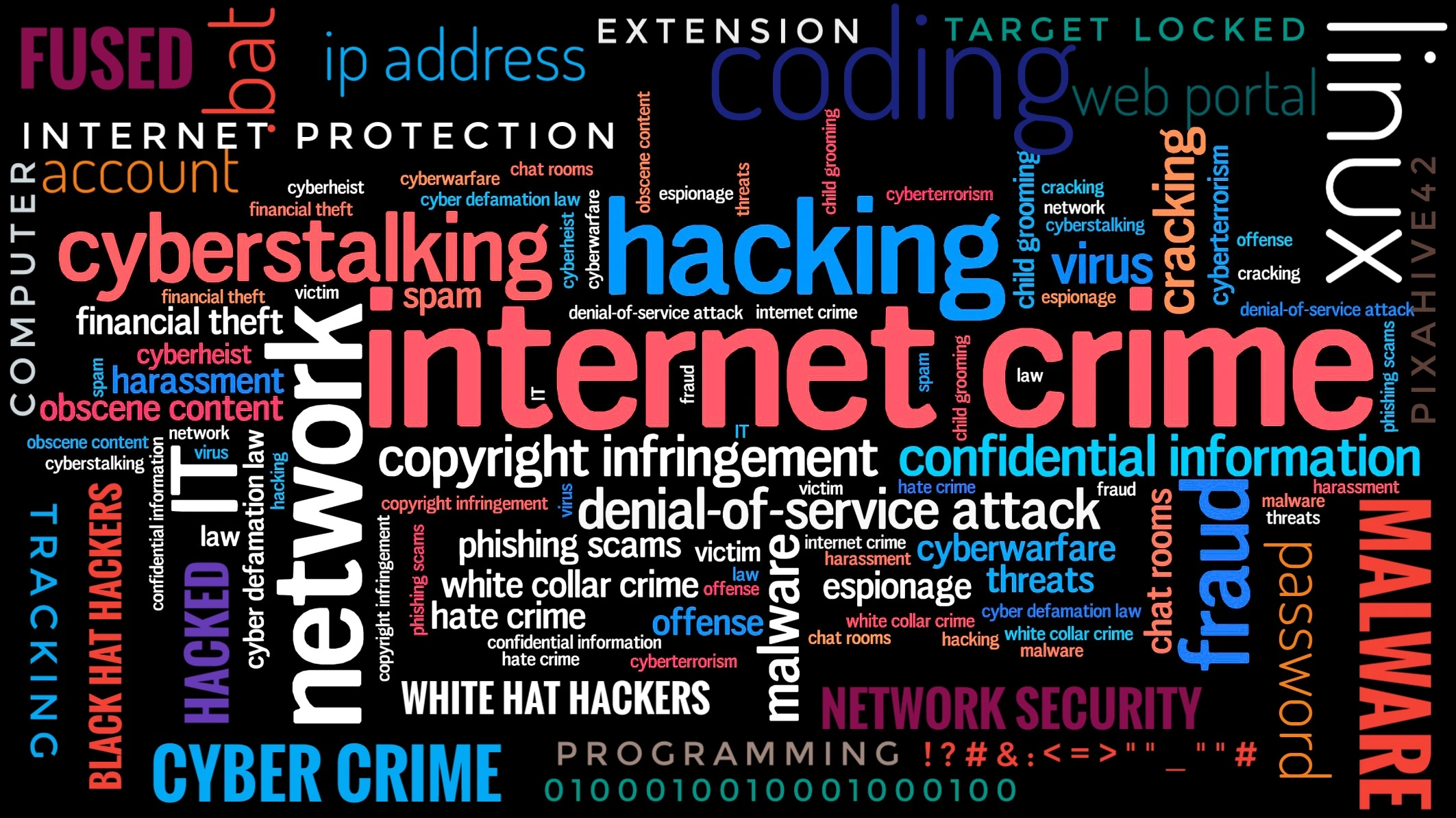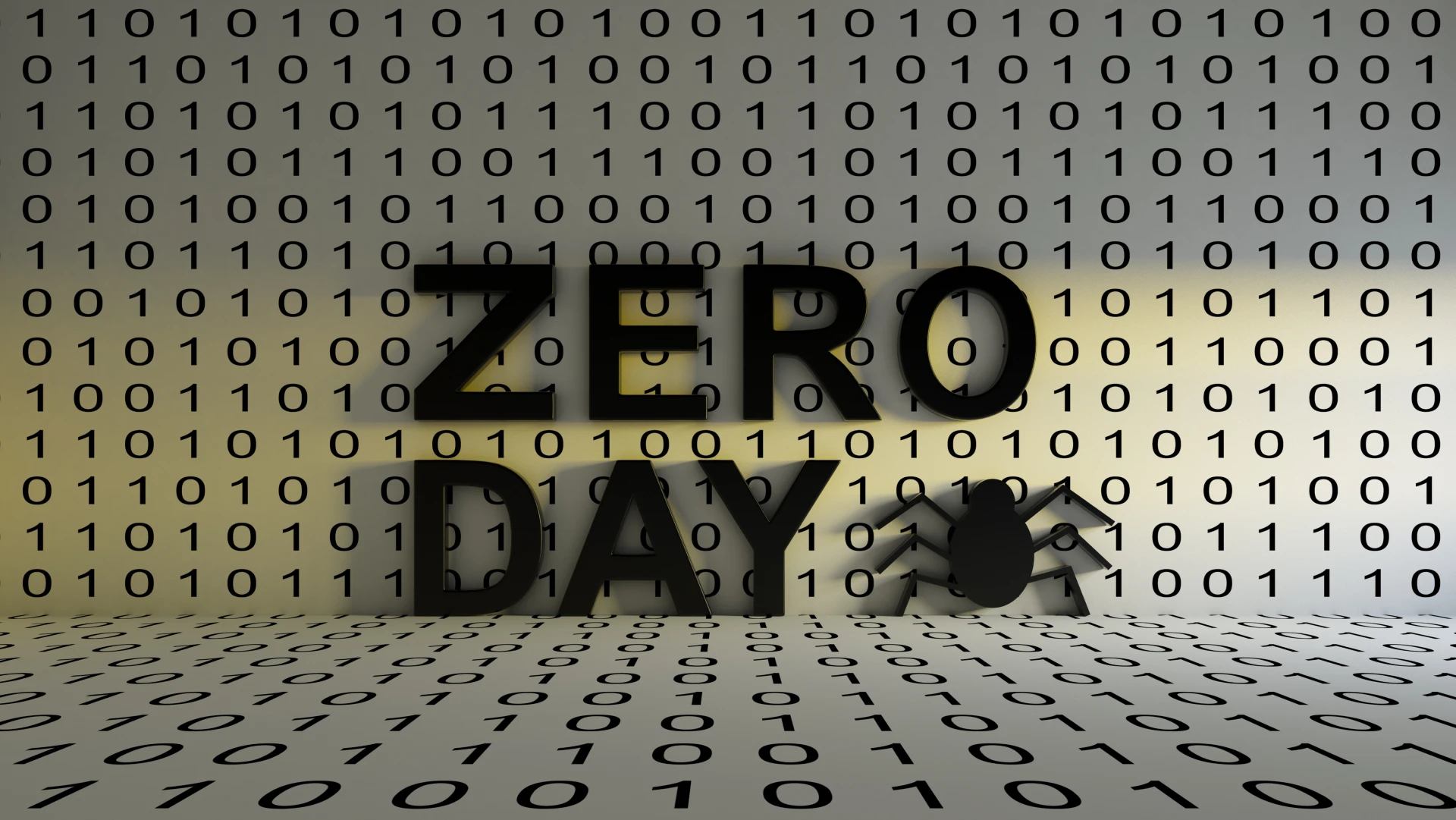The Dawn of Cyber Warfare: How a 150,000-Line Code Changed the Future of Conflict

In November 2008, Barack Obama, fresh off his historic election victory, entered the White House for a meeting with the outgoing president, George W. Bush. Among the many critical issues discussed was a secret weapon, not of bombs or missiles, but of code—a 150,000-line computer program known as Stuxnet. This cyber weapon, a joint U.S.-Israel project, was designed to sabotage Iran's nuclear program. Little did the world know, this marked the beginning of a new kind of warfare.
The Birth of Stuxnet: A New Weapon of War
The U.S. and Israel began developing this cyber weapon in 2005 under the codename "Project Olympic Games." The goal was to target one of Iran’s most fortified nuclear facilities, buried deep underground. The weapon was unique—an almost invisible force, smaller than a megabyte, yet capable of devastating physical effects. Its mission was to quietly infiltrate and disrupt Iran’s nuclear centrifuges, a feat that conventional weapons could not achieve without risking an all-out war.
How Stuxnet Operated: The Silent Sabotage
Stuxnet was designed with precision. It spread silently across Iran's computer networks, remaining dormant until it reached its final target: the computers controlling the centrifuges at the Natanz nuclear facility. Once activated, it subtly altered the operation of these centrifuges, causing them to malfunction while displaying normal operations to technicians. This silent sabotage effectively delayed Iran’s nuclear ambitions without leaving a clear trace of its origins.
The Unveiling of Cyber Warfare
Stuxnet was eventually discovered and publicly named in 2010, bringing the concept of cyber warfare to the forefront of global security discussions. Unlike traditional warfare, where destruction is visible and immediate, cyber warfare operates in the shadows. It can disable critical infrastructure, steal sensitive data, or even cripple an entire nation—all without a single bullet being fired.
From Stuxnet to Global Cyber Threats
Stuxnet’s success inspired a new era of cyber weapons. Countries around the world, from the U.S. to Russia and China, began investing heavily in developing their own cyber arsenals. The ease with which Stuxnet was able to infiltrate and disrupt a sovereign nation’s critical infrastructure highlighted the vulnerabilities inherent in an increasingly digital world.
The Evolution of Cyber Warfare: NotPetya and Beyond
The release of Stuxnet opened the floodgates for more sophisticated cyber attacks. In 2017, the world witnessed the devastating NotPetya attack, a virus that paralyzed systems globally, causing billions of dollars in damage. This attack, believed to be orchestrated by Russia, was a stark reminder of how cyber weapons could easily spiral out of control, affecting not just the intended targets but also innocent bystanders worldwide.
Conclusion: The Future of War is Digital
As the world becomes more interconnected, the threat of cyber warfare looms larger. The once theoretical discussions of digital weapons have now become a harsh reality. Nations must grapple with the new rules of engagement in a world where wars can be fought, and won, through lines of code. Stuxnet was just the beginning—a harbinger of the invisible battles that now shape our world.


